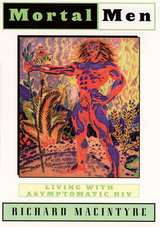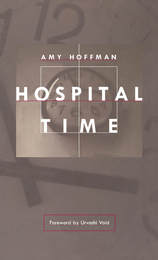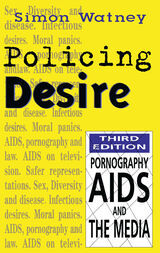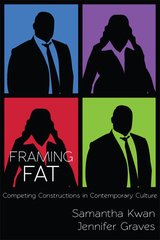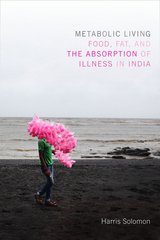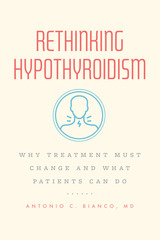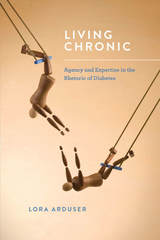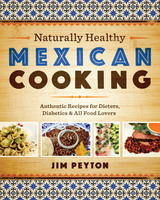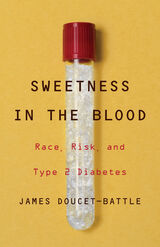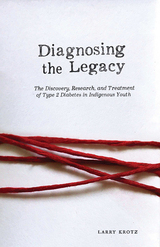An absorbing, clearly told tale of modern science linked to a moving and morally complex story: of a real person struggling not just to survive but also to reconcile that exhausting task with the conflicting yearning for a normal life...When he deals with medical ethics and the value to science of such techniques as fetal tissue research and genetic engineering, Dr. Nathan's opinions, formed as they are by the real battle with real disease, count for a great deal. His defense of genetic engineering against the well-intentioned opposition it has created is especially eloquent...Dr. Nathan predicts that after another decade of hard work, gene transfer therapy will be able to cure inherited diseases like thalassemia. Meanwhile, Genes, Blood and Courage is a fascinating account of the mileposts on the long journey that have been reached so far.
-- Richard Bernstein New York Times
Genes, Blood, and Courage...is a hybrid-part medical detective story, part philosophy, part human narrative, part memoir. The work sets us to ruminating about the evolution of three-and-a-half billion years of life on our planet-on natural selection and its ability to subtract, on mutation and its ability to add...At the same time, this complex work is built upon a beautiful, elucidating narrative structure-the story of a child with thalassaemia whose experiences we follow through 27 years of treatment, through the transforming work of molecular biology and genetics that has come to inform the practice of medicine in new and extraordinary ways today. This narrative, like the shape of the double helix--the spiral backbone of DNA--provides the structure for the scientific and ethical debates of our time...For the reader who is not versed in the medical sciences, the strong narrative threads sustain the reader's interest. For those who wish to track the recent history of support for basic science and medical research in terms of current efforts to limit spending in these areas, there is much to be learned here. For those who wish to take the long view, to consider the remarkable journey of living things during the long history of life on this planet, the study of thalassaemia and its survival in the population where it confers protection against malaria is a fascinating tale.
-- Myra Sklarew Nature
This medical and scientific drama is so engagingly written that to open the pages will ensure its reading...There is no doubt that Nathan has written a remarkable book that demonstrates the compatibility, indeed necessity, of combining hard science, medical technology and human compassion. The peaks and valleys of emotion that accompany success and failure in the treatment of chronic disease have never been better described. His account highlights over and over again that clinical investigation, anchored firmly in molecular biology, will inevitably lead to better understanding of human disease.
-- Alexander G. Beam Nature
Nathan's very readable and engrossing account focuses on his own contributions as a researcher/clinician and his experiences in particular with one of his patients...At a time when funding for medical research is under siege even as significant advances in molecular biology are being realized and reaching the clinical stage, the human aspects of increasingly technical and complicated medicine are important to understand...This book will interest not only those affected by this disease but also anyone who wants to understand the new advances in contemporary medicine. Highly recommended.
-- Library Journal
This is a heart-warming, instructive and very readable book...[It] shows medicine at its best. Its author seems to combine compassion, humor, and understanding with an iron determination to keep his patient alive and well in the face of almost insuperable medical and temperamental obstacles. At the same time, Nathan tried to probe ever more deeply into the molecular lesions responsible for the disease, always hoping that the next results of his research will lead to a cure. So far, disappointingly, they have failed to do so, but hope is not lost. I found the book a pleasure to read and now think of its author as an old friend.
-- Max Perutz Times Higher Education Supplement
The trials and tribulations of treating Dayem emphasize the two very different disciplines of patient-based medicine and laboratory-based research: those laboratory experiments that point the way towards a cure often do not take into account the psychological makeup of the patient or the sheer impracticality of unconventional treatment in daily life. Nathan's experience allows him to combine these two issues brilliantly. Genes, Blood, and Courage is admirably written, stimulating, and accessible to all.
-- Clare Thompson The Lancet
The strength and beauty of this book come from the interweaving of Dayem's story from 1968 to the present with the medical and scientific struggles of his physician, David Nathan, Robert A. Stranahan Professor of Pediatrics at Harvard Medical School...A very human medical detective story unfolds, allowing readers to follow the excitement of the advances in the study and treatment of thalassemia major.
-- Elias Schwartz, M.D. New England Journal of Medicine
David Nathan, a leading American haematologist, has written a remarkable and compelling book which fuses human narrative with exemplary science writing...[A] humane and important book.
-- D. H. Bevan Annals of Human Genetics
[A] fascinating book.
-- Ed Edelson Helix
This extraordinary account describes the struggle to discover the causes and appropriate treatment of beta thalassemia...This book will help educate the general public on the importance of clinical research, and will empower aspiring and veteran researchers to continue their search for the causes and cures of hereditary disorders.
-- Choice


